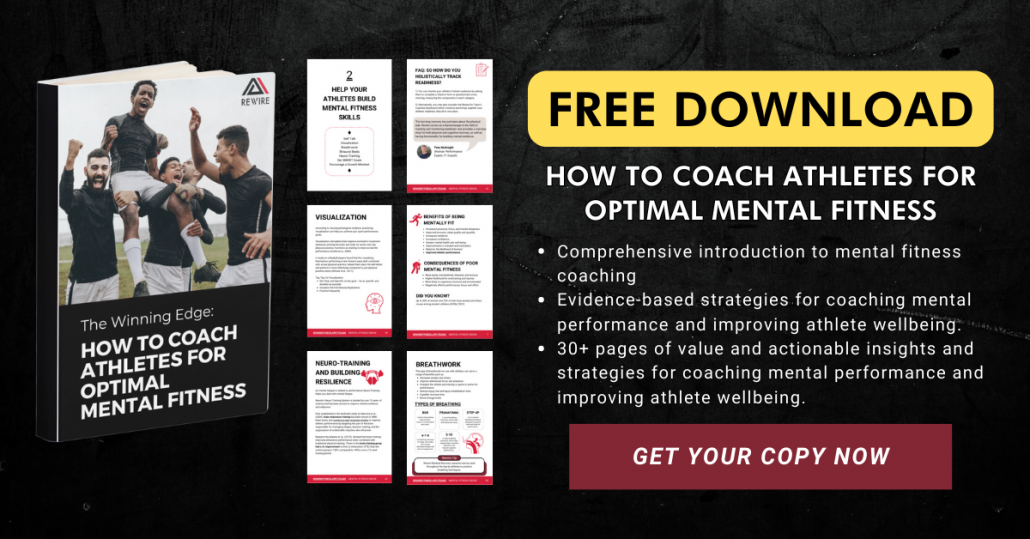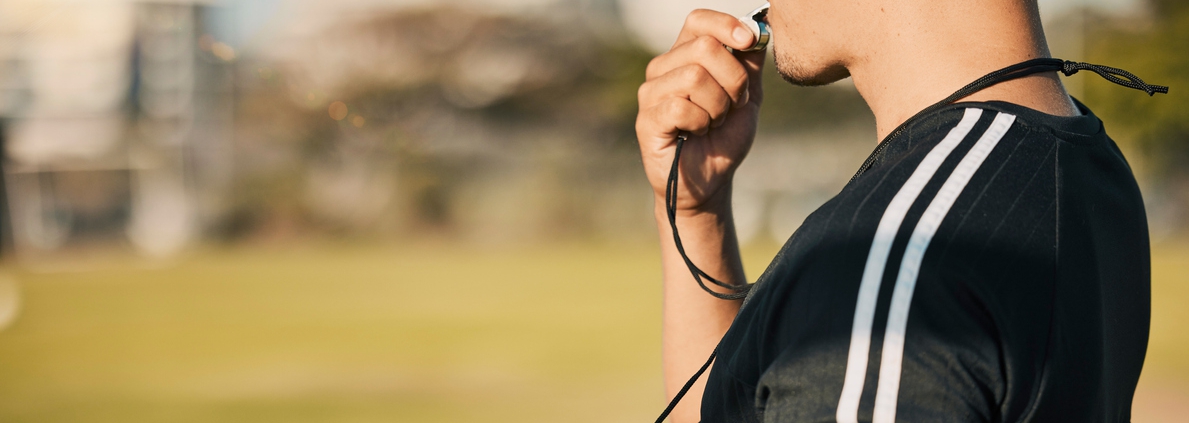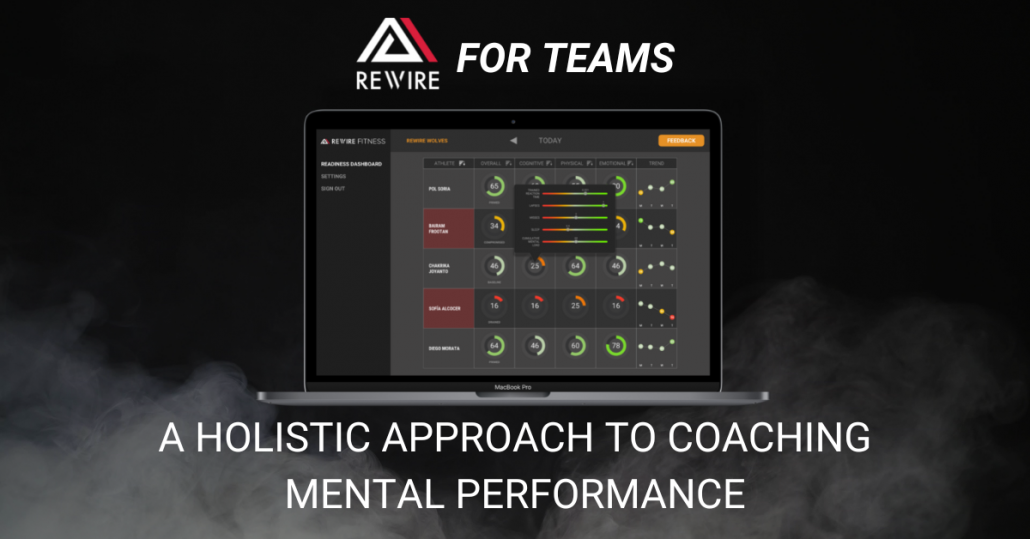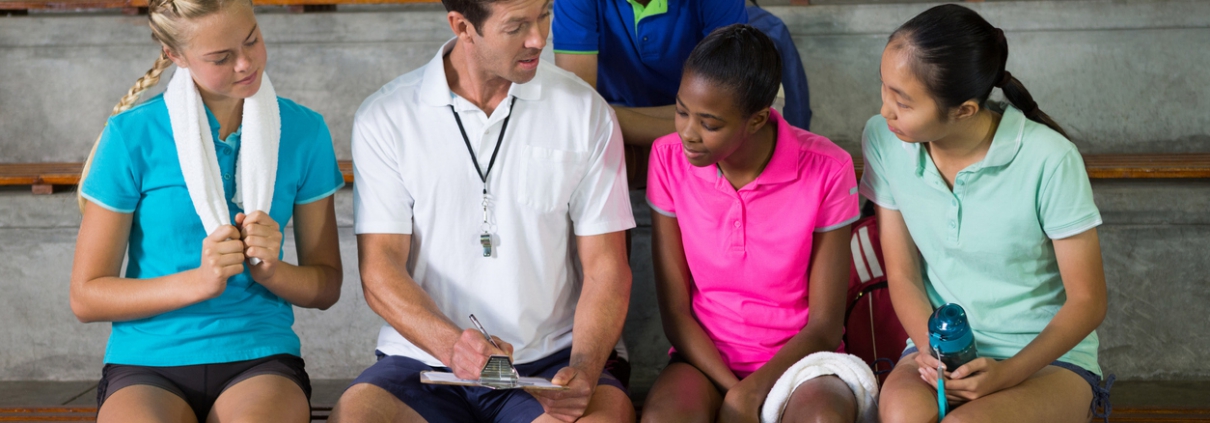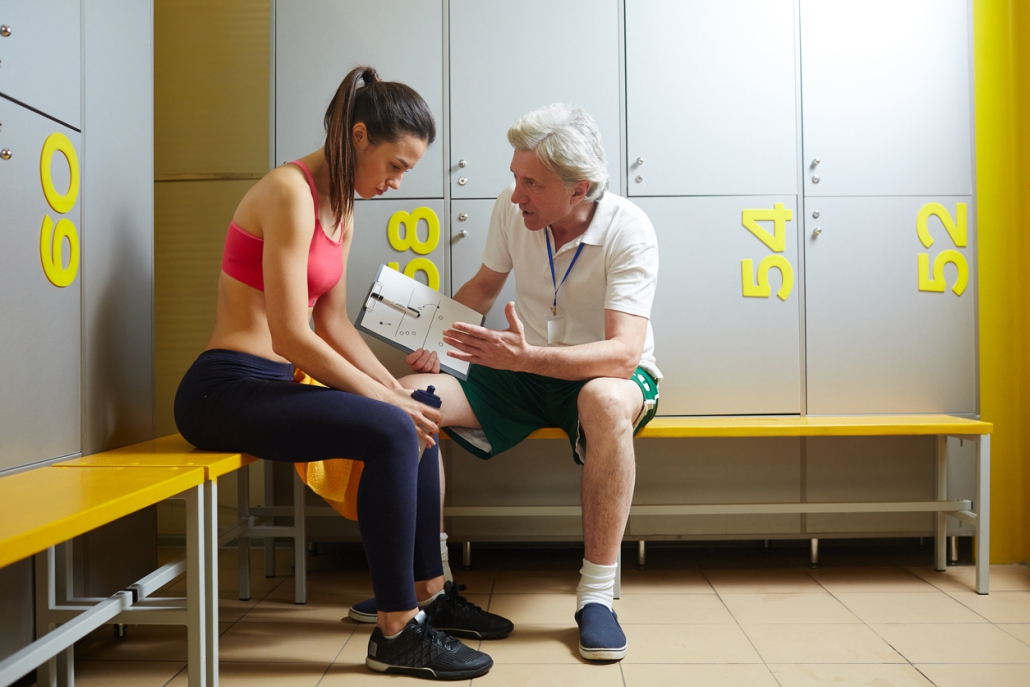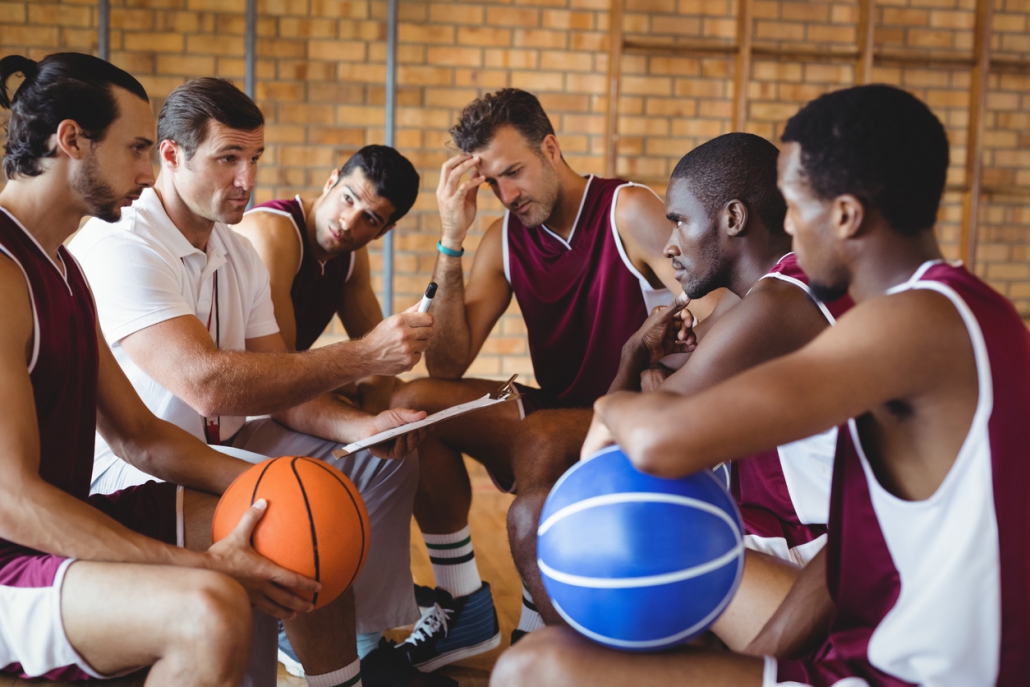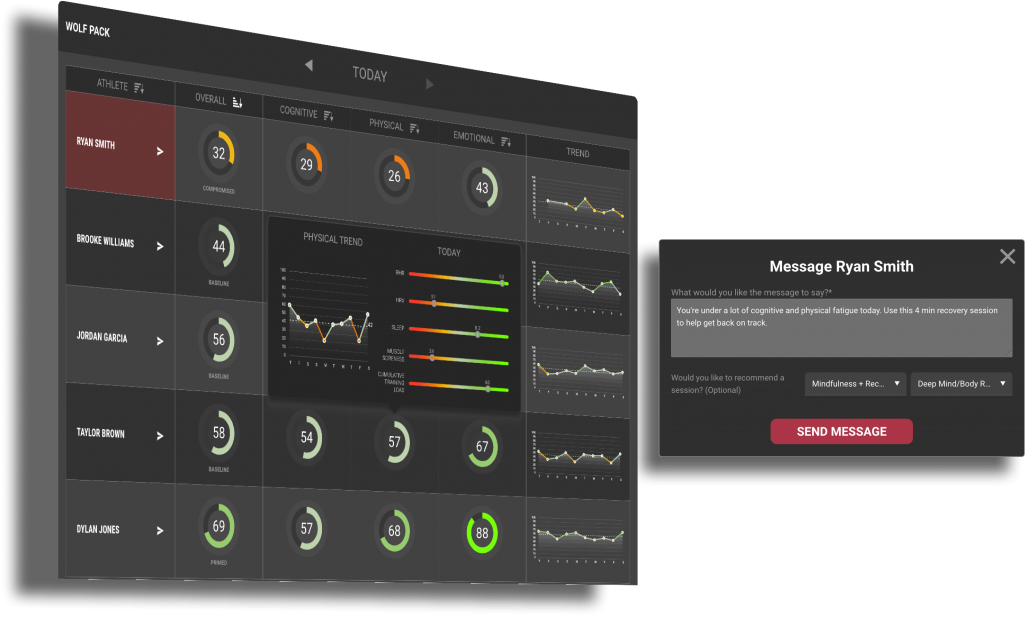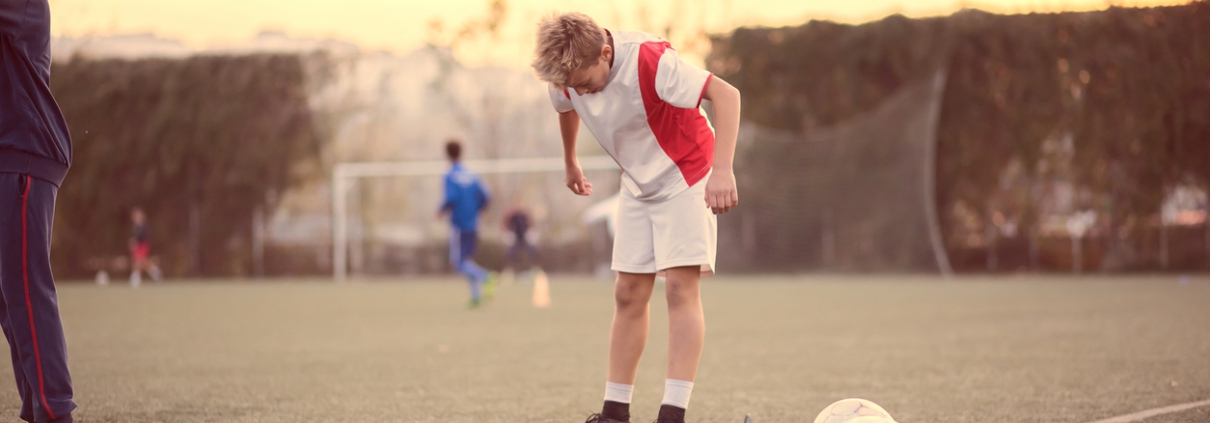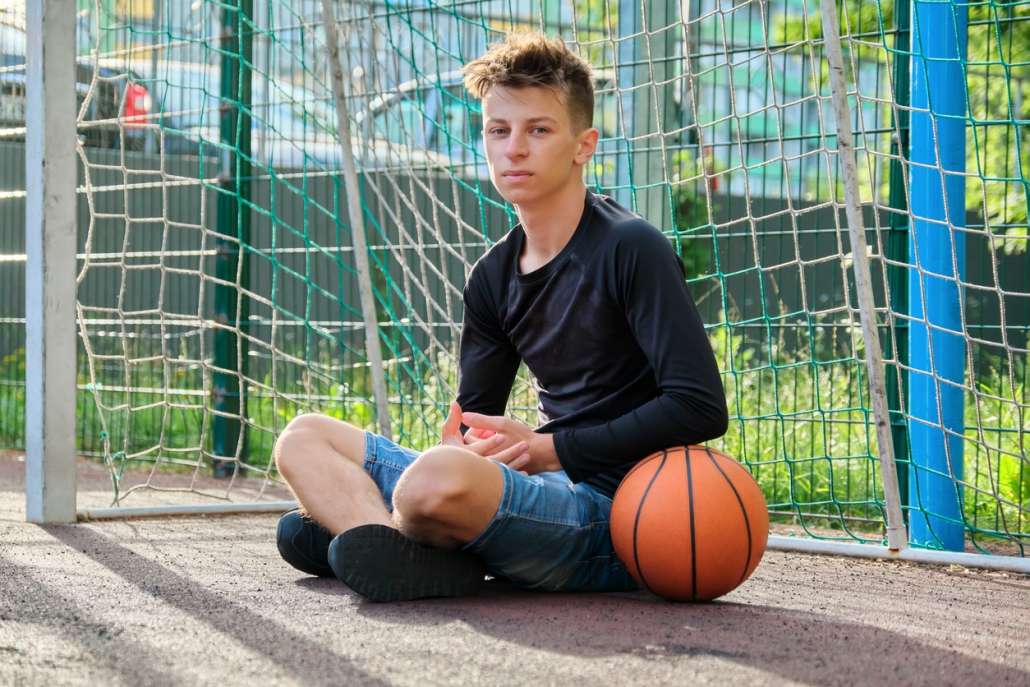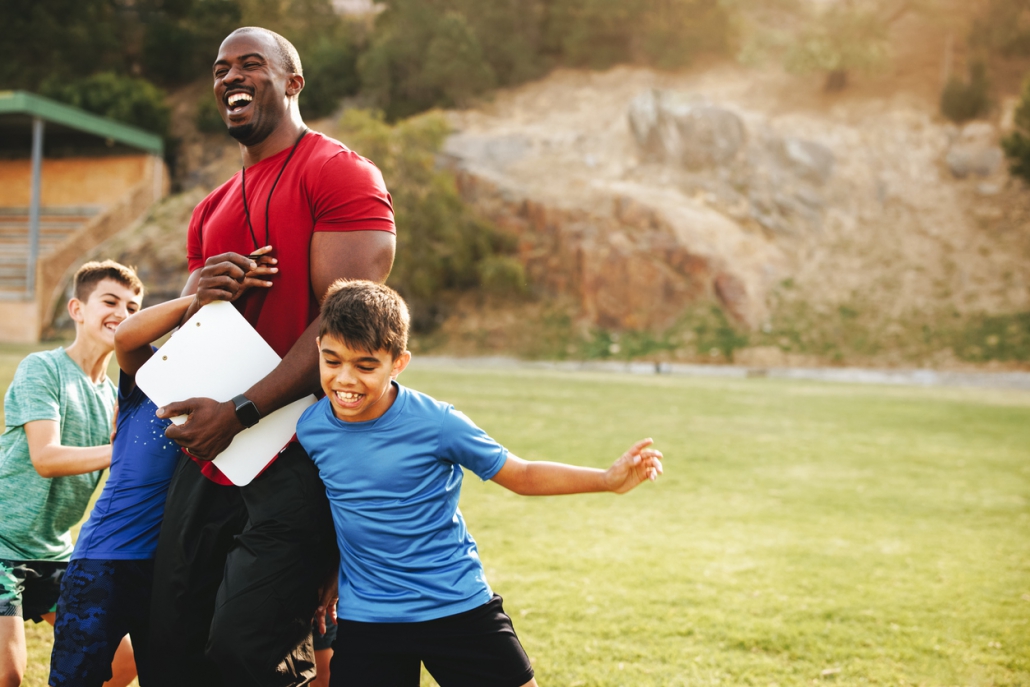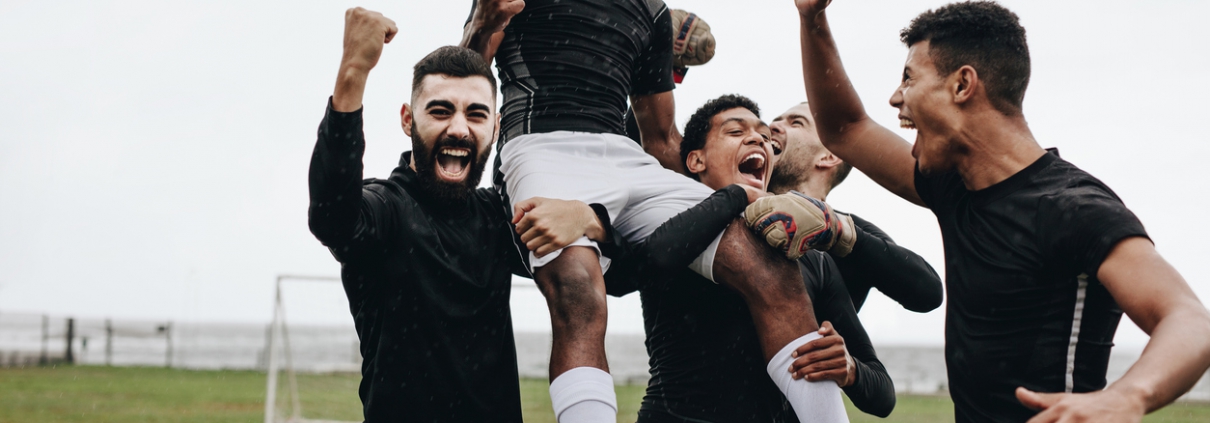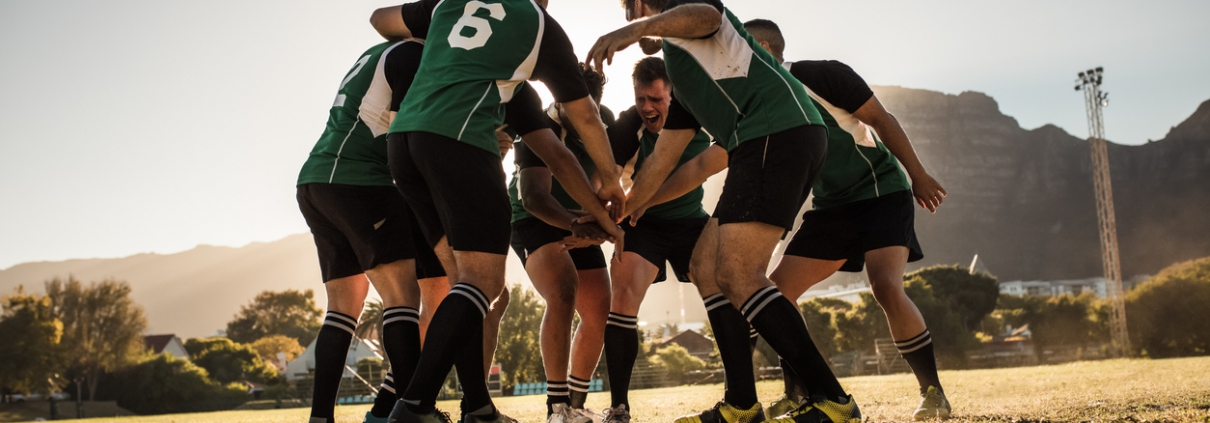5 Qualities of a Bad Coach (And How to Avoid Them)
Know what qualities of a bad coach to look out for for the best experience.
Chances are, you’ve seen a bad coach or two. And if not, then you’ve definitely heard stories.
There’s the bad coach who yells at their athletes at the most minor of inconveniences; there’s the coach who encourages their athletes to run through pain; and others who do not listen to the athlete’s needs.
If you’re an athlete and you’re mentored by a bad coach, you may encounter a mix of issues ranging from injury to a lack of motivation to train.
And if you’re a coach, it’s a good idea to watch out for these bad coaching qualities to ensure your athletes can progress and grow in a supportive environment. After all, it’s the coach’s responsibility to get the most out of their athletes.
So what are the bad qualities of a coach?
5 qualities of a bad coach
If you’re a coach, these are the bad qualities you should pay extra attention to:
- Bad coaches provide more criticism than positive feedback
- A sole focus on winning
- Chooses favourites
- Pressures players to play when injured
- Does not listen to athlete feedback
Continue reading to see how each bad quality may contribute to a bad coach.
Related: What Qualities Make a Great Sports Coach?
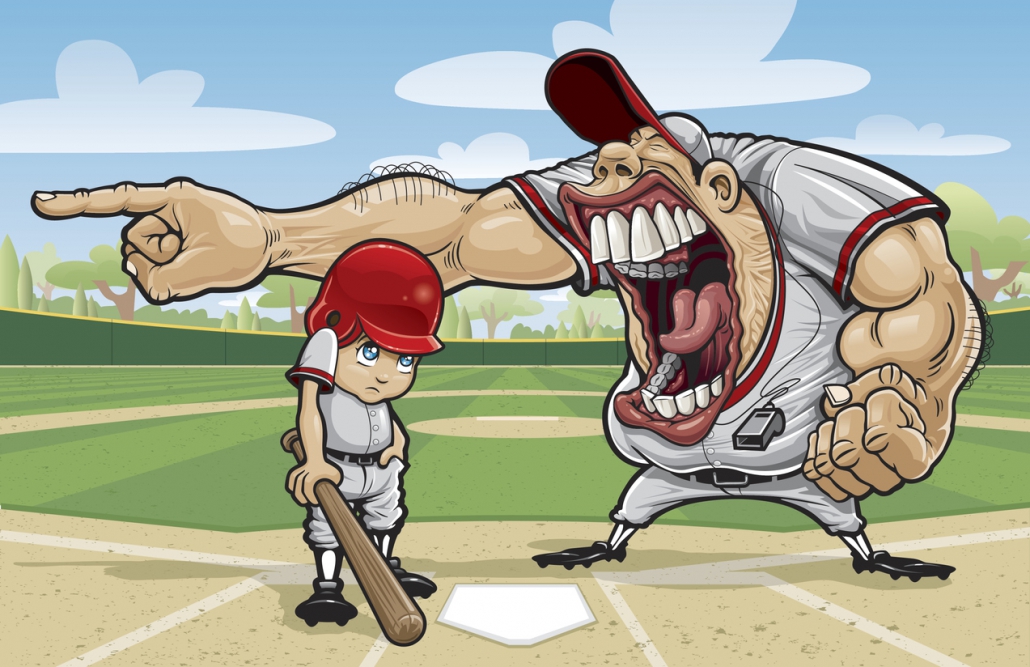
1. Bad coaches provide more criticism than positive feedback
There are many types of feedback coaches can provide athletes. At the most basic level, there is positive and negative feedback.
Positive feedback is your standard: “Keep going; you’re doing great. Only 400 metres to go” approach. On the other hand, negative feedback could be the “you’re too slow, you’re never going to win a race” type of feedback.
The second is the type we want to avoid at all costs.
Bad coaches often provide more negative feedback or criticism than positive feedback. Unfortunately, this is often counterproductive and can cause athletes to not look forward to, or even dread training.
Instead, there is a better way to think about feedback.
The skill training communication model
If you’re a coach, you should consider personalising your feedback. This is something a lot of good coaches do.
The skill training communication model takes into account the skill level of the athlete to determine what type of feedback works best.
For example, beginner athletes are more likely to benefit from basic trial and error and positive model learning (demonstrated technique and execution). Alternatively, more experienced and elite athletes will benefit from more instructive and direct feedback.
In the elite population, this could include technique adjustment suggestions (“drive your knees high and push forward with your hips.”).
Although a simple change in how a coach provides feedback, it provides a mix of instructional methods to get the most out of your athletes based on their current skill and experience.
Related: What is the Most Effective Way to Provide Feedback to an Athlete?
2. A sole focus on winning
“If he dies, he dies.” Okay, well, not quite. But it’s that Rocky IV approach that you should avoid at all costs.
Coaches who focus solely on winning are typically not the best coaches.
And while results matter, athlete development and progress are more important.
In fact, focusing on athlete development, progression and teamwork (if a team sport) can mean the difference between winning and losing.
3. Chooses favourites
It’s obvious to spot, and it makes other athletes feel left out. If you’re a coach, avoid choosing favourites.
And while you may have that one “star” athlete, when training in a group, provide the same respect, attention, and time to all of your athletes.
There shouldn’t be the “chosen athletes” and then the “other athletes.” It should be one team.
4. Bad coaches often pressure players to play when injured
When an athlete has an injury, they need rest and recovery. It’s coaching 101.
But when a coach encourages an athlete to play or train through injury, this is a major red flag.
No athlete should play through pain and injury, even if it means the difference between winning and losing.
A coach who puts their needs first, not listening to their athletes and encourages players to play through pain and injury is one to avoid.
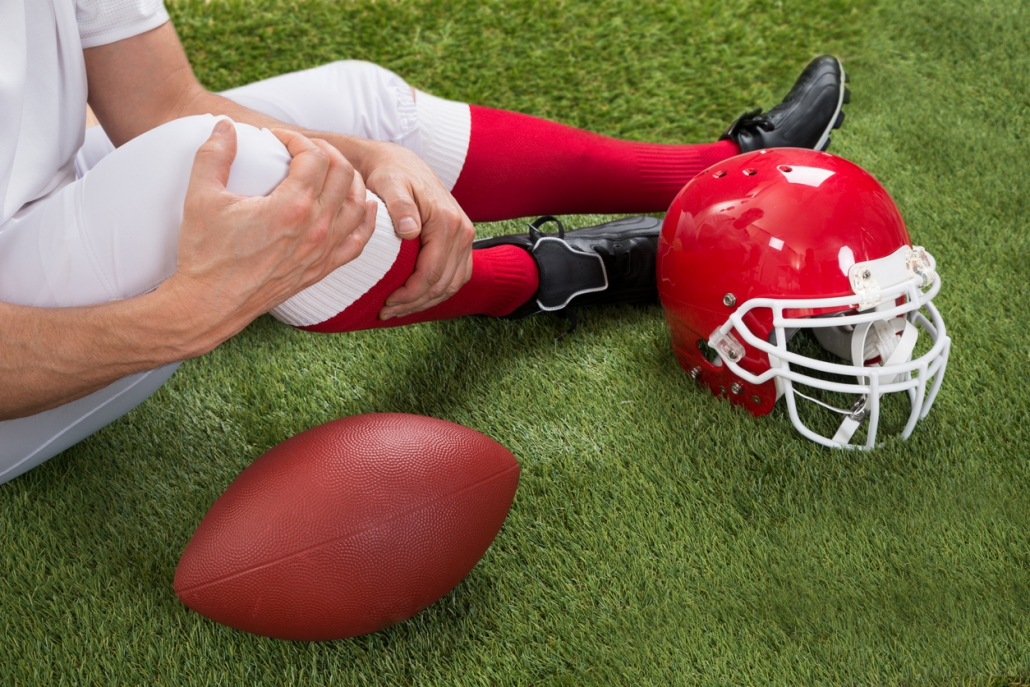
5. Does not listen to athlete feedback
Some coaches often do not listen to athlete feedback. Instead, it’s often the “what they say goes” approach.
There are numerous issues with this coaching method.
Firstly, having open communication between coaches and athletes is crucial. If an athlete feels like they cannot speak up, they won’t get the most out of themselves during training.
A great example of this is an athlete feeling a slight twinge, pain, or niggle during training or competition. A bad coach may create an environment where speaking up about their injury is not encouraged. Alternatively, if they do mention it, they may be told to run or play through pain.
Open communication between the coach/coaching staff and athletes can help protect their athletes from injury, not only causing pain, but potentially ruining their season or even career.
So if you’re a coach, how can you improve communication? It starts with being present and available for your athletes. Stay behind after practice, ask what they thought about the session, and be there for your athletes if they need you.
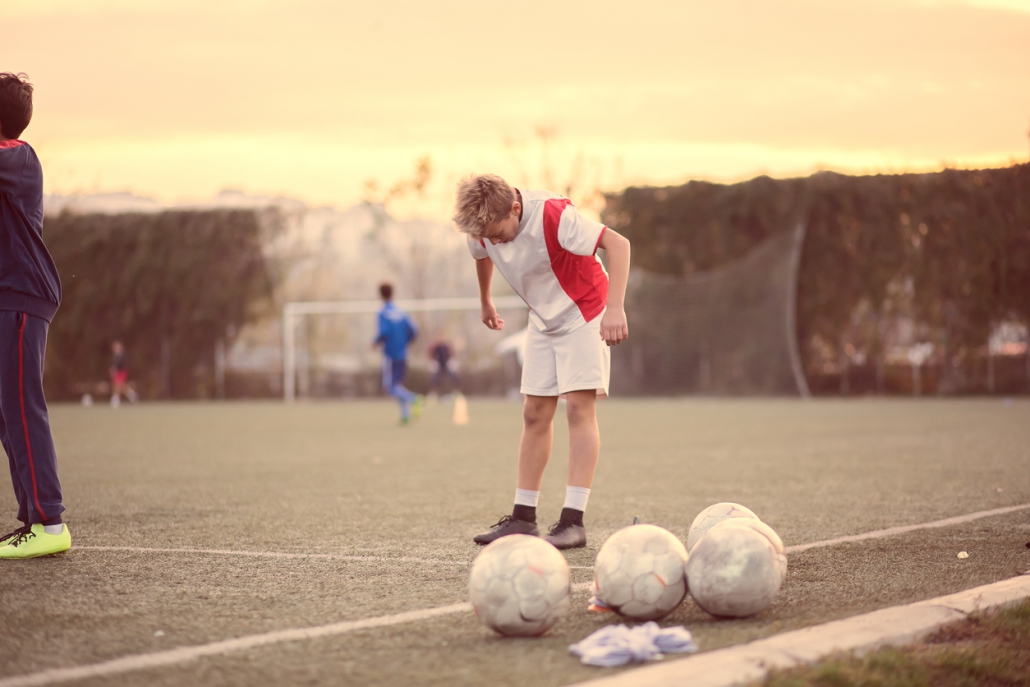
Bad coaching in youth sports
A bad coach is a bad coach. Period.
Unfortunately, many kids who play sports also encounter a bad coach.
Coaching at the youth level (for most kids) should be about teaching valuable life lessons, involving the whole team, and making training fun.
Just like any other coach, youth coaches should not play favourites, exclude players, and should not prioritise their own child (if they also coach them — which is common).
Parents should meet with youth coaches before practice and ask for reviews from other parents to find the best coach for their sport. You can also find coaches through schools.
What makes a bad coach?
In many ways, it’s easier to identify what makes a bad coach than a good one.
Typically, bad coaches are easy to spot — you’ll find them screaming at their athletes, athletes will complain about them, practice is something they dread, and you’ll see a bunch of athletes hobbling off the pitch or field with injuries. Although, this is not always the case — just an extreme observation.
Related: What Separates a Good Coach From a Great Coach?
To summarise
Many coaches are great at what they do. But some coaches have a few bad qualities, some of which we’ve highlighted in this blog post.
If you’re a coach, consider working on any bad qualities you may have. This will make you a better coach and mentor for your athletes.
But it doesn’t have to end there.
All coaches are looking for new ways to gain that competitive edge, to find a few extra seconds here and there, and to stand out against their competitors. It’s what sport is all about.
Rewire for teams provides a mental fitness platform for coaches, alongside a handful of useful tools for your athletes. As a coach, you can view insights into your athlete’s readiness scores, providing you with essential data to make smarter recovery decisions. This allows you to tailor your coaching to each individual athlete, enabling you to unlock their full potential.
“With Rewire, we have been able to help understand our athletes mental state which has allowed us to adjust our practices, weight lifting, time with the athletes, study halls, etc. where we are better able to manage them on an individual basis as well as collectively. This is a tool every coach should have in their toolbox.” — Will Hander (Head Coach Men’s Soccer, University of Providence)
Find out more about Rewire for coaches
FAQs
How do you tell if you have a bad coach?
There are many signs of a bad coach but some include winning over everything else, picking favourites, providing negative feedback, and having poor communication with their athletes.
How do bad coaches affect athletes?
Bad coaches can bring players down mentally and physically. They can drain their motivation for their sport, stagnate performance, and even cause mental health issues.
Related Topics:
What Separates a Good Coach From a Great Coach?
What Qualities Make a Great Sports Coach?
6 Ways to Inspire Your Sports Team as a Coach
